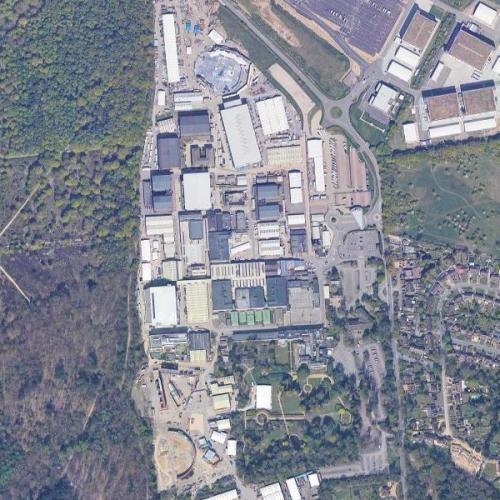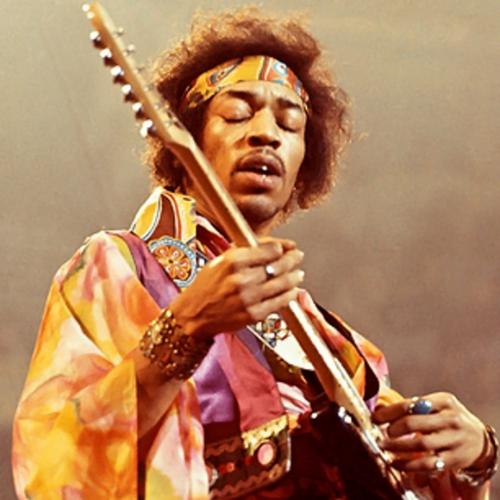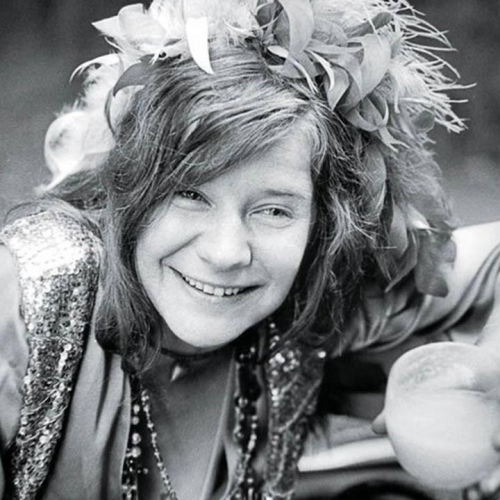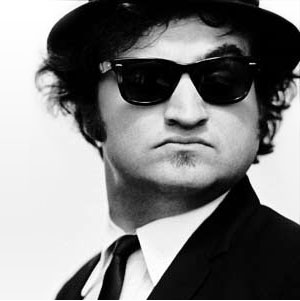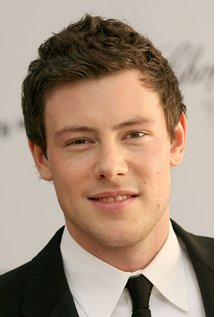Paris has long been the city of lovers and love, and one doesn’t have to look long or hard to understand why.
Here are some of the most romantic places in the City of Lights.
Pont Neuf
Meaning “New Bridge” the Pont Neuf is ironically the oldest standing bridge spanning the river Seine in Paris. Completed in 1607, the bridge has long been the heart of the city. It ties together the Left Bank, Ile de la Cite, the island in the center of Paris, and the Right Bank, connecting Paris with its beautiful arches.
Tradition encourages lovebirds to pause and share a long kiss on the bridge, and with the many romantic views from the bridge, you might want to stop for more than one kiss!
Pont des Artes
Paris is full of romantic bridges, and the Pont des Artes is at the top of the list. A pedestrian bridge, it has always been a special spot for lovers. Around 2008, couples began placing small padlocks on the bridge, engraved with their names, as an homage to their love. However, the bridge soon became overwhelmed with locks and the city had to remove them in 2014. At that time it was estimated there were over one million locks! That’s a lot of love!
While putting a padlock on the bridge is now frowned upon, the Pont des Artes has not lost its romantic luster, so lovers should be sure to stop here for a memorable moment.
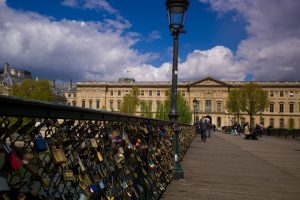
Photo Credit: http://www.wikipedia.com
Notre Dame Cathedral
Among the most famous cathedral in the world, this cathedral in the heart of Paris is a must see for any visitor, and lovers are no exception.
The perfect location at the tip of the Ile de la Cite, the breathtaking beauty and elegance of the design, stained glass, and tragic love of Quasimodo, the hunchback of Notre Dame, all help couples feel closer together after walking up and down the cathedral’s long aisles.
Make sure to share a moment staring at the stunning stained glass rose windows before leaving the cathedral.
Eiffel Tower
Possibly the most romantic spot in all of Paris, the Eiffel Tower has rocketed to the top of every lover’s itinerary since its construction in 1889. The unique design, the beautiful park surrounding the tower, and the breathtaking views from the top of the tower are just a few reasons why lovers flock here. It has become one of the most popular places in the world for couples to become engaged, and provides a stunning backdrop to any photographs documenting the special occasion.
Lovers can walk or take an elevator to the top to enjoy the view and even dine at one of the restaurants in the tower. Any time spent here will not be forgotten!
Sacre Coeur
The Sacre Coeur basilica is located in the bohemian neighborhood of Monmartere, at the top of the highest hill in Paris. Visitors here are greeted by amazing panoramic views of the Paris skyline.
Street performers, artists and musicians gather around the grounds of the basilica, providing entertainment and fun for all visitors.
Especially at night, when the beautiful white church glows against the night sky, lovers can spend intimate moments together. Many couples will picnic on the grounds with a bottle of champagne and baguette to share. What can be more romantic than that?
Versailles
A short train ride away from downtown Paris, the great palace Versailles has a history of being a landmark of great Parisian extravagance, romantic excess and scandal.
Since Louis XIV moved the court there in the 1600s, royalty lived at or near Versailles, creating much drama and intrigue, including outlandish parties hosted by Marie Antoinette before she and her husband, Louis XVI, were beheaded.
The Hall of Mirrors is one of the most famous rooms in the palace, and anyone can feel like royalty walking down the elegant corridor.
These days, lovers can walk through the palace and the surrounding grounds, with grand designs and elaborate landscapes. Lakes, gardens, sculptures and additional houses round out the roughly 2,000 square acres of real estate comprising Versailles.
Couples will certainly be able to find quiet moments alone in a garden where they can steal a kiss and make a memory together.
Paris is the most romantic city in the world because of its many beautiful, entertaining and intimate locations where lovers can walk in the footsteps of countless romantics before them and still make memories as unique and fresh as new love.
Whether your love is starting out or has stood the test of time, any couple will love a trip to Paris, complete with stops at these romantic locations.
















